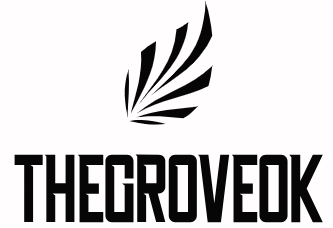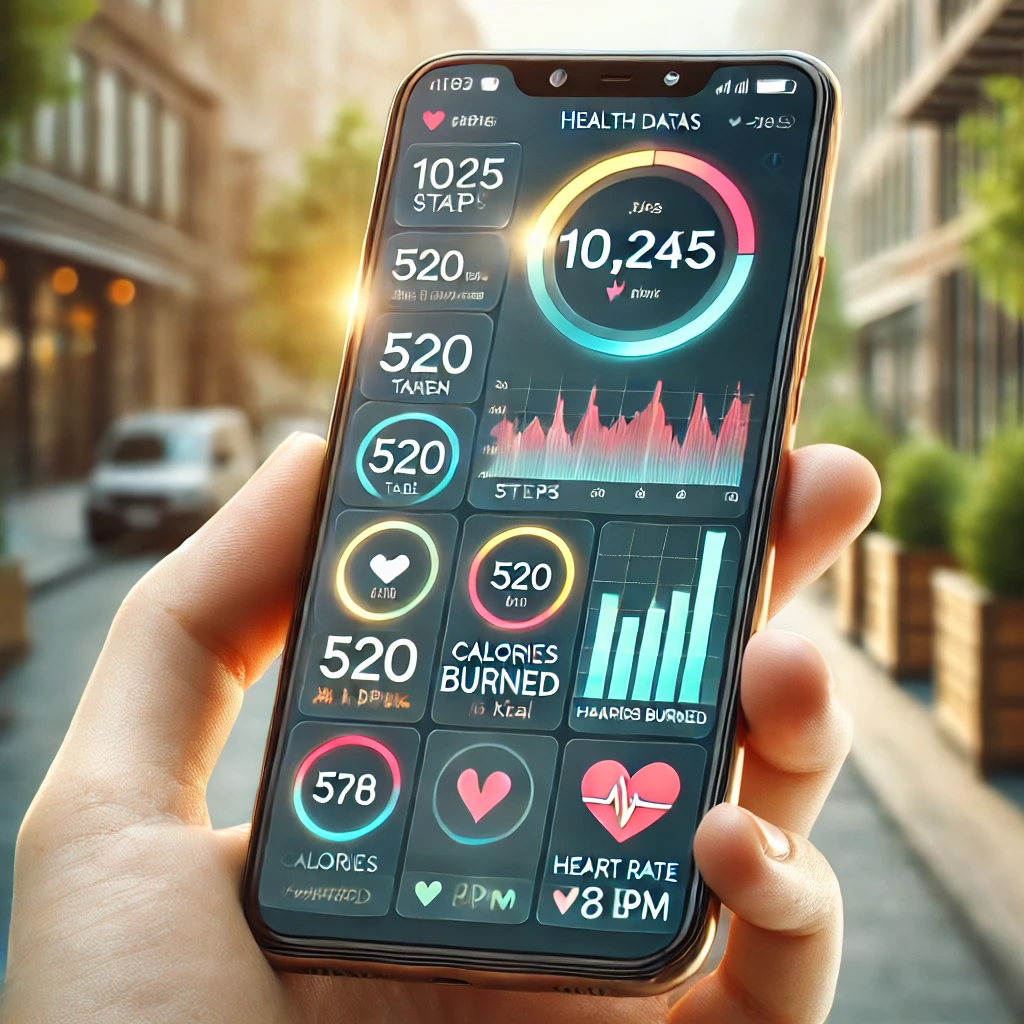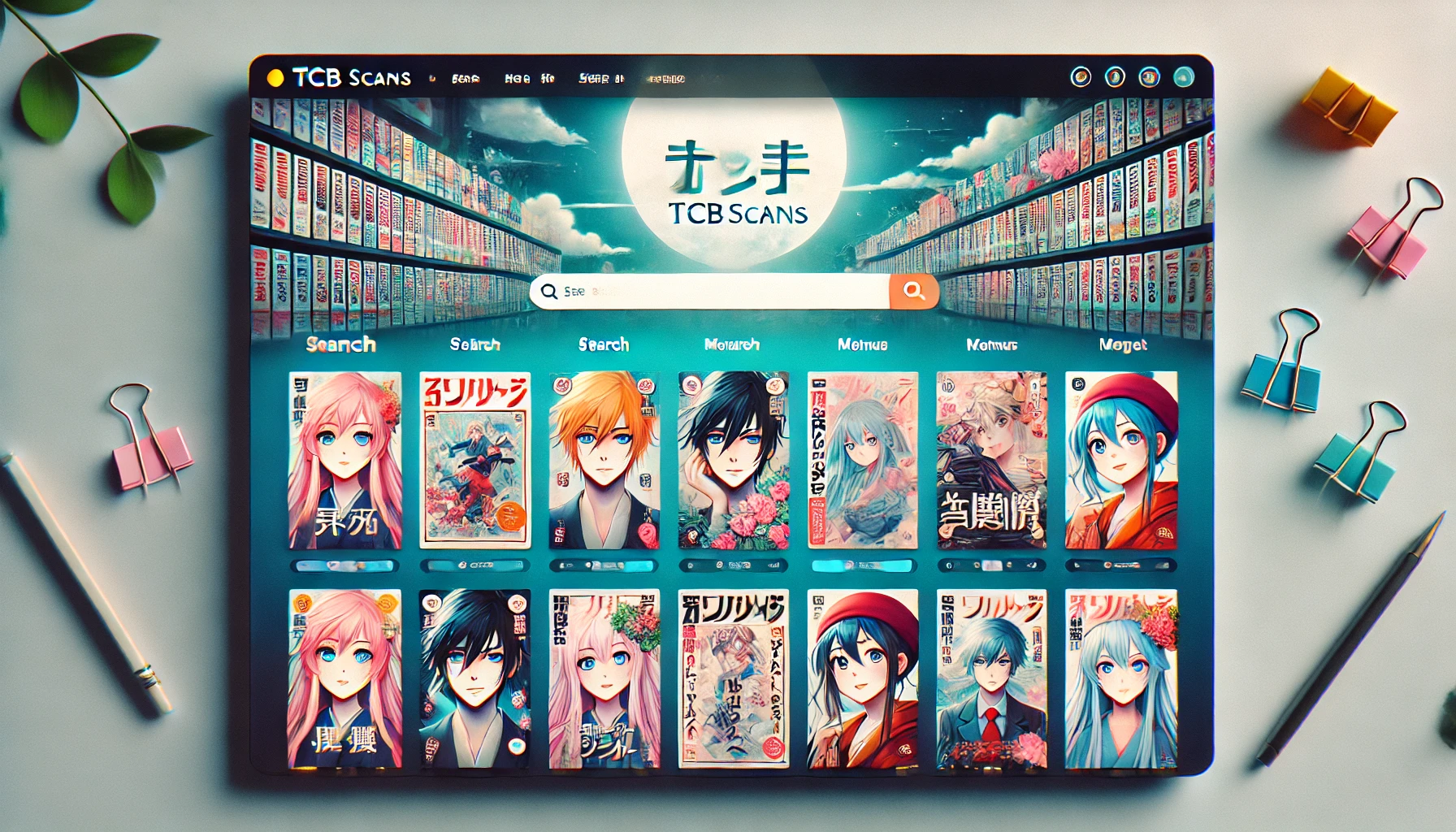Creating mobile apps that integrate health data is now easier than ever. If you’re looking to connect Adalo to HealthKit, you’re in the right place. This connection allows you to pull and display health data in your custom-built app. For developers and beginners alike, Adalo provides a no-code platform to build apps effortlessly, while Apple HealthKit makes managing health metrics simple. By combining these tools, you can create health-focused apps with valuable functionality.
In this article, you’ll find step-by-step instructions, benefits of integrating Adalo with HealthKit, and troubleshooting tips. Let’s dive in!
What is Adalo?
Adalo is a no-code platform that allows you to design and build custom mobile apps quickly. It eliminates the need for complex coding, making app development accessible to everyone.
With Adalo, you can:
- Create apps with a drag-and-drop interface.
- Customize components like buttons, screens, and forms.
- Publish apps on the App Store and Google Play.
It’s ideal for small businesses, startups, and creators who want to bring their app ideas to life without programming knowledge.
What is HealthKit?
HealthKit is Apple’s health and fitness data framework that collects and manages health-related information. It allows apps to securely interact with data from Apple Health, such as step count, calories burned, heart rate, and more.
HealthKit benefits include:
- Tracking health metrics easily.
- Sharing health data securely between apps.
- Integrating with wearables like Apple Watch.
Apps that use HealthKit provide users with valuable health insights while maintaining data privacy and security.
Why Connect Adalo to HealthKit?
When you connect Adalo to HealthKit, you unlock the ability to create powerful health apps without coding. This integration enables apps to:
- Display real-time health data (steps, heart rate, and calories).
- Allow users to monitor their fitness progress.
- Improve user experience by automating data tracking.
By integrating these tools, you can create apps tailored for fitness enthusiasts, healthcare providers, or individuals who want to track their health goals.
Steps to Connect Adalo to HealthKit
Integrating Adalo with HealthKit requires careful setup, but it’s achievable by following these simple steps.
Step 1: Set Up Your Adalo Account
- Go to Adalo’s official website.
- Sign up for a free account or log in to your existing account.
- Start a new project by selecting “Create New App.”
- Choose the type of app you want (mobile or web).
Step 2: Prepare Your Apple Developer Account
Before integrating HealthKit, you need access to Apple’s Developer Program. Follow these steps:
- Visit the Apple Developer Program.
- Enroll in the program if you haven’t already.
- Set up your developer account and enable HealthKit capabilities.
Make sure you have an active Apple ID to complete this process.
Step 3: Enable HealthKit in Your App
To allow your Adalo app to interact with HealthKit, you’ll need to enable HealthKit permissions:
- Open your Apple Developer Dashboard.
- Select your app project.
- Go to “Capabilities” and enable HealthKit.
- Grant the necessary permissions to read and write health data.
Once enabled, your app can access data like steps, heart rate, and other health metrics.
Step 4: Integrate HealthKit with Adalo
Currently, Adalo doesn’t offer a direct plug-and-play HealthKit integration. However, you can achieve it through APIs (Application Programming Interfaces). Follow these steps:
- Use a third-party API like Zapier or Integromat to act as a bridge.
- Configure your HealthKit API to pull data into Adalo.
- Create a custom action in Adalo that interacts with the HealthKit API.
For example:
- You can pull step count data from HealthKit and display it in an Adalo app screen.
- Users can view their daily progress in a visual format, such as graphs or charts.
Step 5: Design Health Screens in Adalo
Now that HealthKit is connected to your Adalo app, it’s time to design your app screens:
- Use Adalo’s drag-and-drop editor to create a home screen.
- Add components like lists, charts, or progress bars to display health data.
- Customize colors, fonts, and design elements to match your brand.
- Test your app to ensure it pulls data correctly.
Step 6: Test and Publish Your App
Before releasing your app, you need to test it thoroughly:
- Use the Adalo Previewer to test the app on different devices.
- Verify that HealthKit data is syncing properly.
- Fix any bugs or errors that arise.
Once testing is complete:
- Export your app from Adalo.
- Submit it to the App Store for approval.
- Promote your app to reach your target audience.
Congratulations! You’ve successfully connected Adalo to HealthKit and created a functional health-tracking app.
Benefits of Integrating Adalo with HealthKit
Integrating Adalo with HealthKit offers numerous advantages for app creators and users alike.
Seamless Health Data Management
Your app can automatically pull health data, reducing the need for manual input. This saves time and improves user convenience.
Enhanced User Engagement
Apps with real-time health insights keep users engaged. Features like progress trackers and visual charts motivate users to achieve their fitness goals.
No-Code Simplicity
By using Adalo, you can create a professional-looking app without writing a single line of code. This lowers the entry barrier for app development.
Supports Customization
Adalo allows you to tailor your app’s design and features to suit your audience’s needs. Whether it’s for athletes, patients, or casual users, you can customize the experience.
Improved Health Awareness
HealthKit integration empowers users to monitor their health metrics effectively. This awareness helps users make better decisions for their well-being.
Common Challenges and Solutions
Problem: HealthKit Permissions Not Enabled
Solution: Double-check the Apple Developer settings to ensure HealthKit is enabled with correct permissions.
Problem: API Integration Errors
Solution: Review the API configuration and test endpoints using tools like Postman. Ensure the data is pulling correctly from HealthKit.
Problem: Data Not Displaying in Adalo
Solution: Verify that your custom actions in Adalo are set up correctly and connected to the HealthKit API.
Problem: App Store Rejections
Solution: Apple has strict guidelines for HealthKit apps. Make sure your app provides value, protects user data, and follows Apple’s privacy policies.
Best Practices for Connecting Adalo to HealthKit
- Prioritize User Privacy: Always obtain user consent before accessing HealthKit data. Protect sensitive health information.
- Use Visuals: Present health data in an easy-to-understand format with charts, graphs, and icons.
- Test Extensively: Regular testing ensures smooth data synchronization and a great user experience.
- Keep It Simple: Avoid overloading your app with features. Focus on core health-tracking functionalities.
- Stay Updated: Apple and Adalo frequently release updates. Keep your app updated to avoid compatibility issues.
Who Can Benefit from Adalo and HealthKit Integration?
- Fitness Enthusiasts: People who want to track steps, calories, and heart rate will love apps with HealthKit integration.
- Healthcare Providers: Doctors and clinics can use these apps to monitor patient progress remotely.
- Wellness Coaches: Coaches can provide clients with insights and tools to track fitness goals.
- App Entrepreneurs: Anyone looking to build a health-focused app can use Adalo and HealthKit integration to simplify development.
FAQs
How do I connect Adalo to HealthKit?
You can connect Adalo to HealthKit by enabling HealthKit in Apple Developer settings and using third-party APIs to pull data into Adalo.
Do I need coding skills to integrate Adalo with HealthKit?
No, Adalo is a no-code platform. However, you may need to use APIs, which require some technical understanding.
Can my app display step count and calories from HealthKit?
Yes, once connected, your app can display metrics like step count, calories, heart rate, and other health data.
Is HealthKit data secure in Adalo apps?
Yes, Apple HealthKit follows strict privacy rules. Always obtain user consent and ensure data security.
Can I publish my HealthKit app on the App Store?
Yes, you can publish your app on the App Store, but it must comply with Apple’s guidelines for HealthKit usage.
What are the benefits of HealthKit integration?
HealthKit integration allows for automated health tracking, improved user experience, and real-time health insights.
Conclusion
Integrating HealthKit with Adalo allows you to build health-focused apps that offer real-time tracking and valuable health insights. By following the steps outlined in this guide, you can connect Adalo to HealthKit seamlessly and enhance user experience. Whether you’re creating a fitness app or a health monitoring tool, this integration is a game-changer. Start building your app today and make health data management simple for your users!











